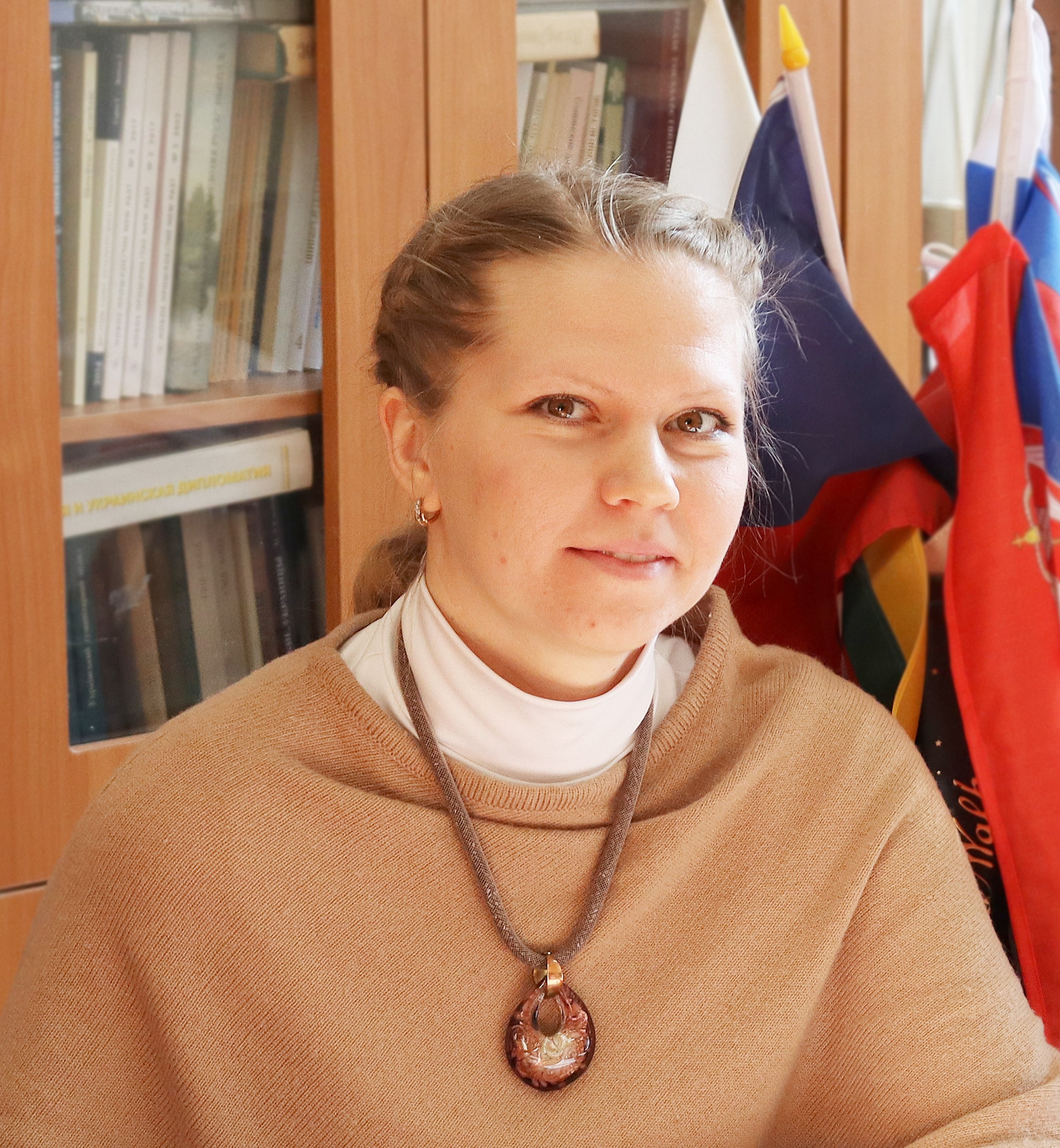The foreign network of churches dedicated to the Holy Blessed Prince Alexander Nevsky began to be created and expanded in the 19th century on behalf of the state authorities with the support of the Russian Orthodox Church. It included both numerous marching chapels and larger-scale structures. Alexander Nevsky was the patron saint of not only the three Russian emperors, but also of the entire Russian army and the Orthodoxy, and the construction of temples symbolized the greatness of both the Orthodox faith and imperial Russia as a whole. However, after the revolution and the Civil War, which threw a large number of officers and soldiers of the Russian Imperial army abroad, Russian emigrants themselves initiated the construction of Orthodox churches dedicated to Alexander Nevsky. The temples were erected to honor the memory of the Russian army, who died during the Civil and later during the Second World War in the battle against the Bolsheviks and the godless communist authorities. In addition, they emphasized the historical continuity with the era and traditions of the Russian Empire. Another trend of the 20th century in honoring Alexander Nevsky, is a gradual embedding of the cult into the local national context in Belarus, Ukraine, Bulgaria, Moldova and Serbia.
Key words: Alexander Nevsky, Russian Empire, Orthodoxy, etatism, national politics, temple architecture, Russian national style
DOI: 10.22250/20728662_2023_4_23
About the author
 |
Natalia V. Turygina – PhD (History), senior lecturer, St. Petersburg State University; 7/9 Universitetskaya emb., St. Petersburg, 199034, Russia; This email address is being protected from spambots. You need JavaScript enabled to view it. |






